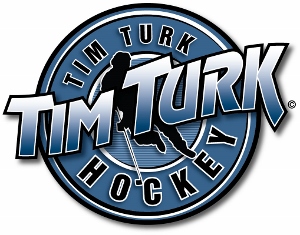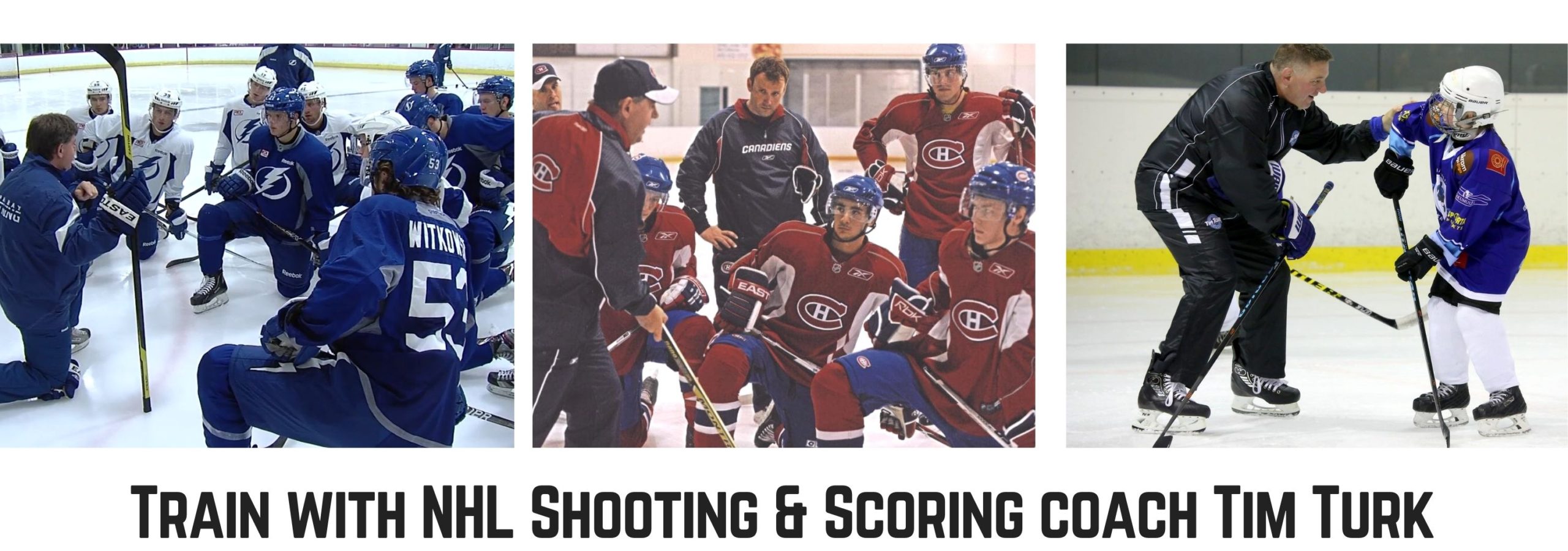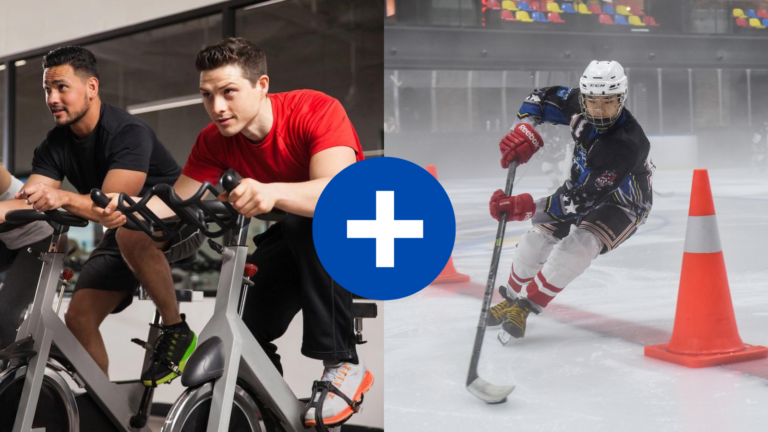Why is Cardio Important in Hockey?
Having a strong cardiovascular system is important in any sport, but especially for a high intensity sport like hockey. You might be thinking that hockey players only skate hard in bursts and their shifts are less than a minute long. Why would they need cardio for such short periods of action? Without a strong level of cardio training, each shift would get increasingly more difficult to play.
How often have you sat on the bench between shifts and were still unable to catch your breath? This is because hockey requires players to play hard in short, explosive bursts. Over the course of a one minute shift, you can coast for 30 seconds, but the second the puck comes into your vicinity, the intensity ramps up. If you are constantly working on your cardio levels, these bursts become less tiring over the course of a game.
How do I Improve My Cardio for Hockey?
It is a common question asked by hockey players and the answer involves a lot of work away from the rink. Dryland training will likely be your best friend here. Whether it is long distance running or short, explosive sprints, running might be the fastest way to improve your cardio levels on the ice.
Of course if you have the opportunity you can improve your cardio through skating as well. Either on the ice or or on a skating treadmill, it certainly helps to work on your cardio while wearing your full gear. Finding extra time at rinks in Canada can be tough, so that’s why running is the preferred method.
A lot of athletes overlook the fact that other forms of workout can improve your fitness levels. Working out with equipment like battle ropes or kettlebells can provide a total body workout and improve your cardio as well as your strength and balance.
Do All Hockey Positions Need Good Cardio?
Absolutely! Whether you play forward or defense or goalie, having strong cardio levels can help you excel on the ice. All skaters play their shifts in bursts. The forwards when they are chasing the puck in the offensive zone, or the defense when they are skating back or skating the puck up on an offensive rush.
Anyone who has played hockey also knows that the goalies often get one of the best workouts on the team. Depending on how good your team plays in front of you, goalies are often under siege at various points in the game. These bursts in action can really get your heart rate going, so it helps for goalies to have strong endurance levels as well. Goalies don’t have to do much skating, saving shot after shot with thirty pounds of equipment on can really take a toll on the body.
Plyometric Training
This is another method of training that is often overlooked by athletes. Plyometrics is a type of workout that includes explosive jumping or other movements. Why is this important to improving your cardio? Plyometric training gets your body used to sudden, explosive movements that can mimic what your body will do on the ice.
Common methods of plyometric training include jump squats which can help with both your lower body strength and your heart rate. Box jumps are also a great way to build leg strength, balance, and of course, your cardio. These are probably the three most important ways to improve your strength and performance on the ice.
Any form of lunges are also great for your cardio and leg strength. Lunges put all of your body weight onto your legs, and the intensity of the workout really gets your heart pumping. Adding plyometric training to your regular rotation of workouts will help improve your cardiovascular system, as well as your lower body strength.
What Situations on the Ice Require Strong Cardio?
The obvious answer is always going to be when a player is chasing down a loose puck or is skating the puck up the ice. Yes, these require sustained cardio strength from the player to skate the length of the rink. But there are plenty of other times during a game where you will need to call upon your endurance to gain an edge over your opponents.
Part of having strong cardio is being able to play at a higher level as the game goes on. Remember, depending on the level you are playing at, hockey can be up to three periods of twenty minutes each. If you didn’t have a strong cardio system, you might be dragging your skates by the time the third period rolls around.
Having a strong cardiovascular system will help you recover from shifts faster on the bench. If you can outskate your opponent late in the third period, having that extra burst of cardio can be the difference between winning and losing the game. It can also help you physically fend off checkers who are trying to strip you of the puck.
Finally, everyone loves talking about scoring goals, but having strong cardio levels will help you with a faster backcheck as well. There are times when you just need to lower your head and power skate back to break up a play by your opponent. Hockey is a game of transition so you always need to be prepared to skate back and check, and then turn on a dime to lead a rush back up the ice.
Conclusion
Hockey is an intense sport and requires players to skate hard in short burst intervals throughout the game. There are plenty of ways to improve your cardio outside of the game environment. Running on dryland is probably the method that is most easily accessible for everyone. Adding in strength training and dynamic exercises like plyometrics can help improve fitness levels as well as lower body strength. A strong cardiovascular system is crucial for the success of any player on the ice, regardless of position. Next time you don’t feel like running, remember that your next goal or save could be the result of improving your cardio game!






